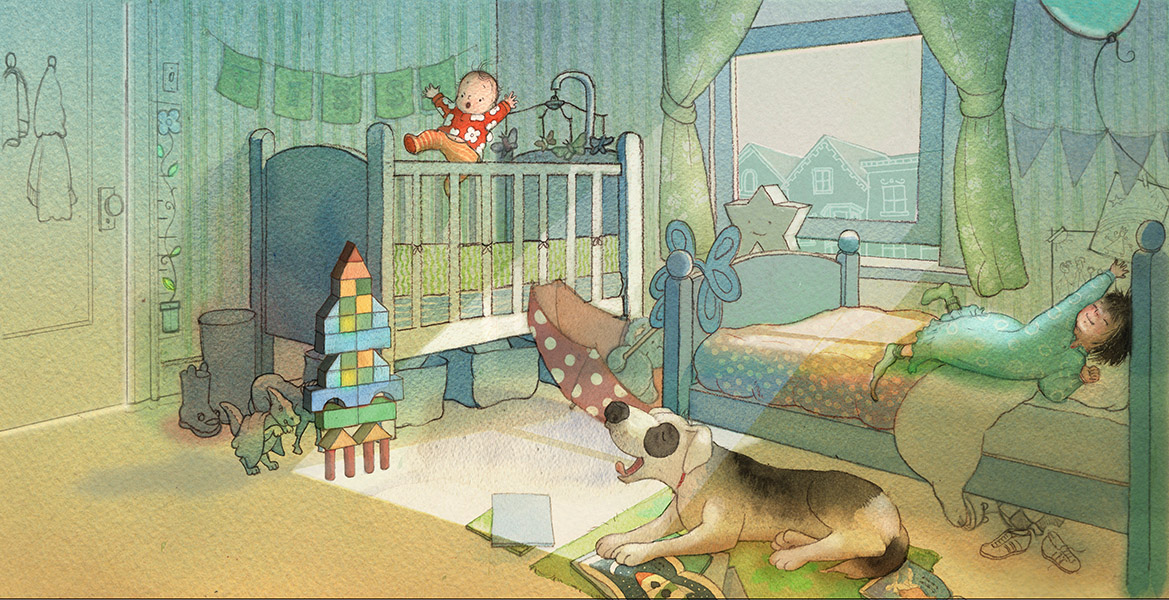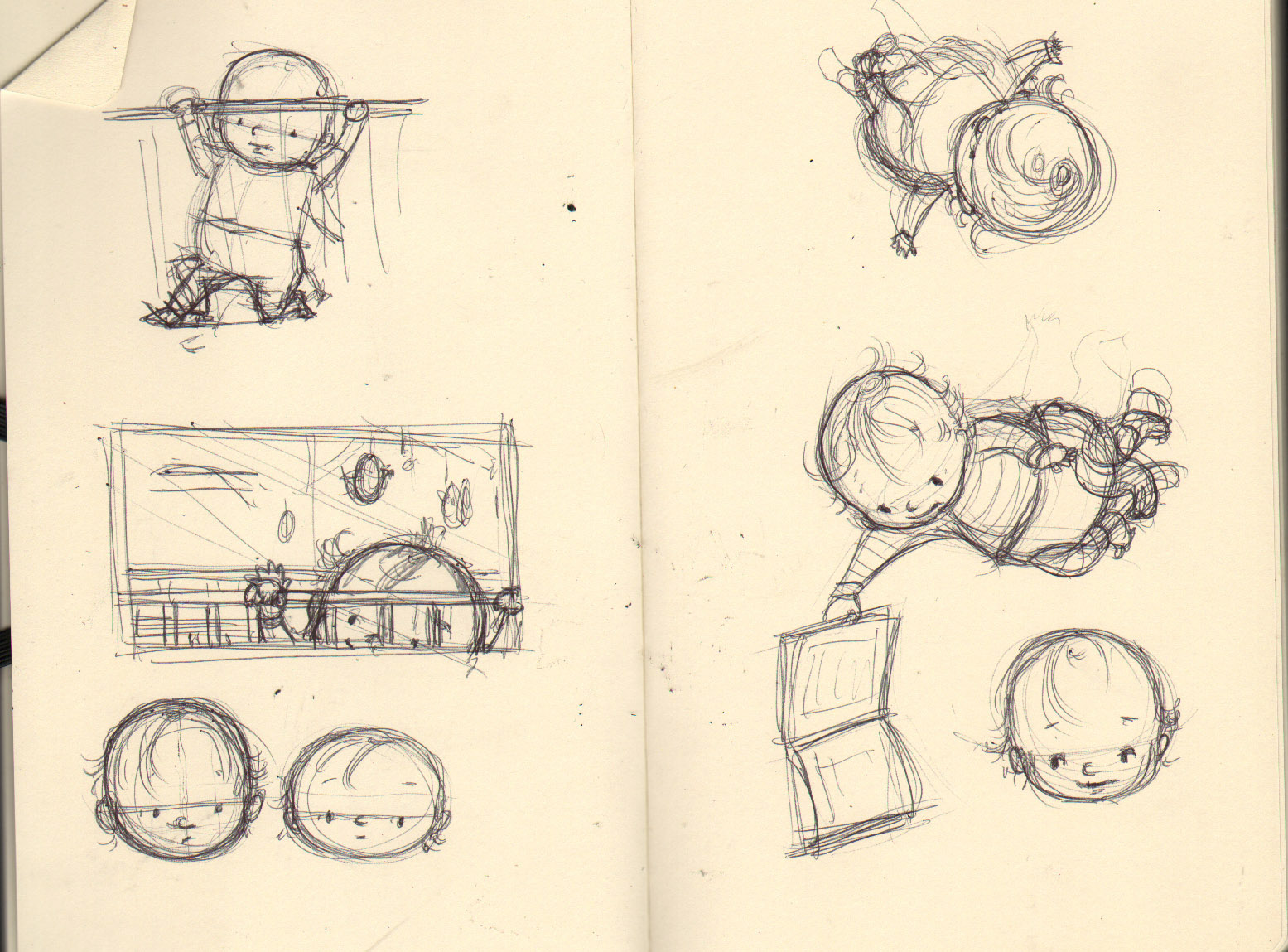I have always considered myself a traditional illustrator. I love watercolor, pastel and pencil and love what traditional materials do. In fact, I can completely nerd out and spend hours obsessing over paint properties, paper surfaces, and line weight. I love the unpredictability of traditional materials and have never rendered e a book digitally because frankly, I am lame when it comes to technology. However, I am part of a wonderful critique group: Lisa Brown, Katherine Tillotson, Christy Hale, Ashley Wolff and Susan Gal, and each uses digital tools differently. So, I became interested in the flexibility that working with digital tools affords me and I explored those options with my latest book, Lotus and Feather.
My biggest goal, when I started the project, was to retain what I love about working traditionally, but add the flexibility that digital allows. I also wanted to experiment using different paper surfaces to achieve looser and tighter images, so I began to experiment with creating art traditionally and combining it digitally.


















